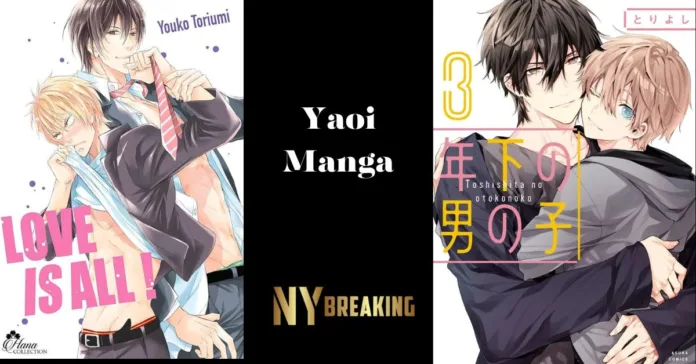Yaoi manga, also known as Boy’s Love manga, has gained immense popularity among fans of Japanese comics. This genre focuses on romantic and sexual relationships between male characters, catering primarily to a female audience. In this article, we will take a deep dive into the world of yaoi manga, exploring its history, themes, fanbase, and the impact it has had on the manga industry.
The Origins of Yaoi Manga
Yaoi manga originated in Japan in the 1970s and gained significant recognition in the 1980s. The term “yaoi” stands for “Yama nashi, Ochi nashi, Imi nashi,” which translates to “no climax, no point, no meaning.” Initially, yaoi manga depicted homoerotic relationships between male characters in a non-explicit manner. However, over time, the genre evolved to include more explicit content.
Themes and Tropes in Yaoi Manga
Yaoi manga explores a wide range of themes, often focusing on the emotional and sexual relationships between male characters. Common tropes in yaoi manga include the “seme” and “uke” dynamic, where one character takes on a dominant role (seme) and the other assumes a submissive role (uke). This power dynamic is a central aspect of many yaoi stories.
Other popular themes in yaoi manga include forbidden love, age-gap relationships, workplace romance, and supernatural elements. The genre often delves into exploring the complexities of love, desire, and the challenges faced by LGBTQ+ individuals in society.
Yaoi Manga and Its Fanbase
Yaoi manga has garnered a dedicated and passionate fanbase, primarily consisting of women. These fans, often referred to as “fujoshi,” enjoy the romantic and sexual relationships depicted in yaoi manga. The appeal lies in the emotional depth of the characters and the exploration of unconventional relationships.
Fujoshi communities have emerged both online and offline, where fans can discuss their favorite yaoi manga, share fan art, and participate in various events and conventions. The strong sense of community among yaoi manga fans has contributed to the genre’s continued popularity.
Impact on the Manga Industry
Yaoi manga has had a significant impact on the manga industry as a whole. It has opened up new avenues for LGBTQ+ representation in Japanese media and challenged traditional gender and sexuality norms. Many mangaka (manga artists) have gained recognition and success through their yaoi works, further contributing to the genre’s growth.
The popularity of yaoi manga has also led to its adaptation into anime, live-action dramas, and even video games. The demand for yaoi content continues to grow, with publishers actively releasing new titles to cater to the fans’ interests.
Criticisms and Controversies
While yaoi manga has a devoted fanbase, it has also faced criticism and controversy. Some argue that yaoi perpetuates harmful stereotypes and fetishizes same-sex relationships. Others raise concerns about consent and the portrayal of unhealthy power dynamics between characters.
It is essential to approach yaoi manga with a critical lens, recognizing both its positive aspects, such as LGBTQ+ representation, and the need for responsible storytelling that promotes healthy relationships.
Notable Yaoi Manga Series
Several yaoi manga series have achieved significant acclaim and popularity. Here are a few noteworthy titles:
- “Gravitation” by Maki Murakami: This series follows the aspiring musician Shuichi Shindo as he navigates his career and a budding romance with the famous novelist Eiri Yuki.
- “Junjou Romantica” by Shungiku Nakamura: Set in the world of literature, this series explores the complex relationships between three couples, each with their unique dynamics.
- “Sekaiichi Hatsukoi” by Shungiku Nakamura: This manga delves into the world of publishing, following the love lives of editors and authors as they navigate professional and personal challenges.
- “Given” by Natsuki Kizu: This manga revolves around a high school student named Ritsuka Uenoyama, who discovers his love for music and forms a band with three other talented individuals.
Conclusion
Yaoi manga has become a significant part of the manga industry, captivating readers with its exploration of same-sex relationships and emotional depth. While it has faced criticism, the genre’s impact on LGBTQ+ representation and its dedicated fanbase cannot be denied.
As the yaoi manga genre continues to evolve and expand, it is crucial to appreciate its positive contributions while also encouraging responsible storytelling that portrays healthy relationships and challenges harmful stereotypes. Whether you’re a long-time fan or new to the genre, yaoi manga offers a unique and diverse reading experience that continues to captivate readers worldwide.


